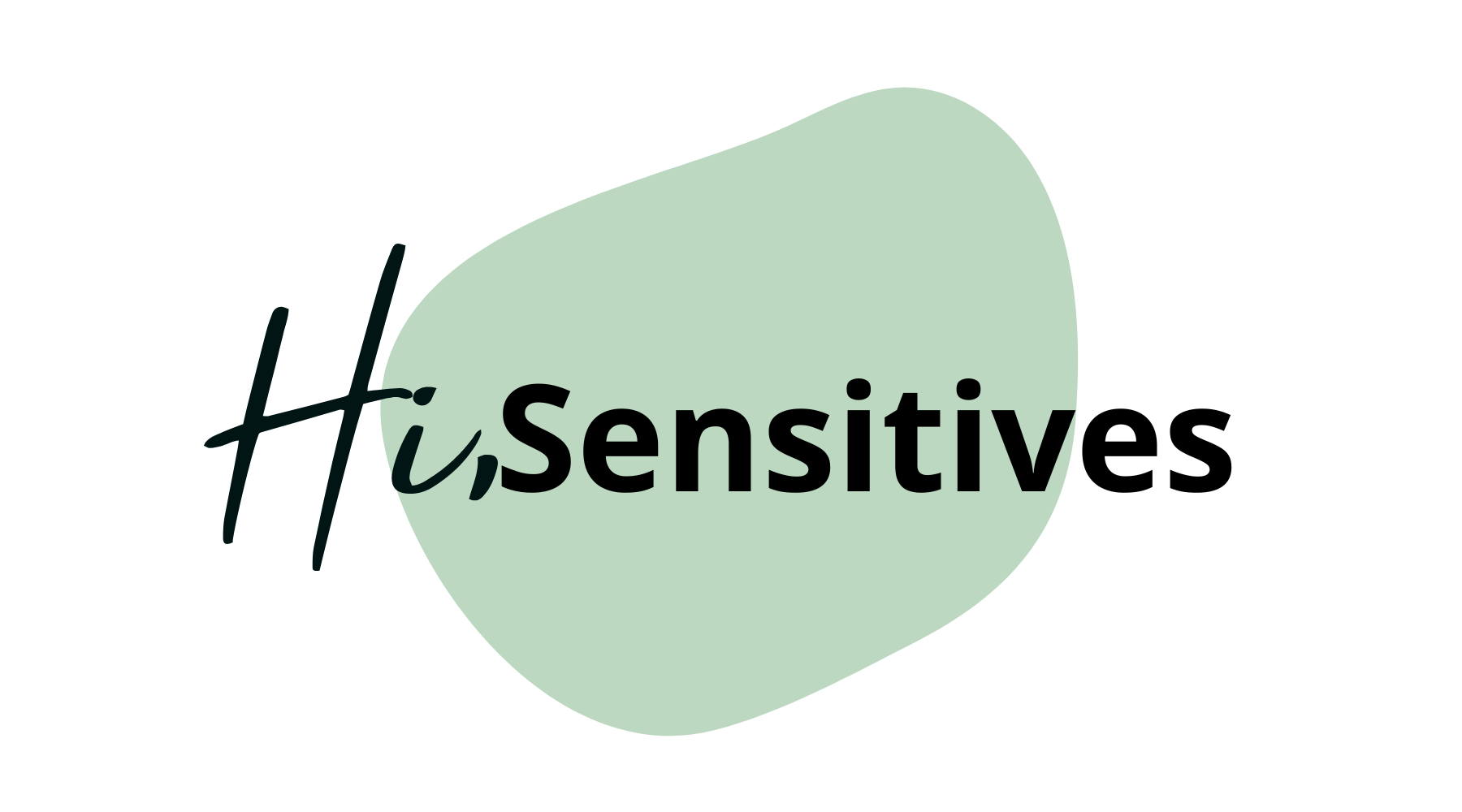Explore the nuances of empathy in this blog, discussing the three types of empathy – cognitive, emotional, and compassionate – and their implementation, along with insights into empathy’s connection to trauma.
Just a little heads up: some of the links in this blog are affiliate links, which means if you click on them and make a purchase, we may earn a small commission at no additional cost to you. 😊
We only recommend products and services we genuinely believe in and have personally used or researched. Your support through these links helps us keep bringing you valuable content, so thank you for being amazing!
Estimated reading time: 6 minutes
Empathy, often viewed as the ability to understand and share the feelings of another, is more intricate than it appears. Traditionally, empathy is categorized into three main types: cognitive, emotional, and compassionate. Each type plays a unique role in our interactions and relationships. Understanding these types can enhance our ability to connect with others, foster deeper relationships, and navigate social dynamics more effectively. This blog will delve into these three types of empathy, how they differ, and practical ways to implement them. Additionally, we will explore other forms of empathy like affective, physical, and somatic empathy that are gaining recognition.
Here’s What You’ll Discover:
Cognitive Empathy: Understanding Others’ Perspectives
Cognitive empathy is the intellectual ability to recognize and understand another person’s thoughts, feelings, and perspective, without necessarily sharing or emotionally engaging with those feelings. It’s like stepping into someone else’s shoes, but with a focus on their mental state. Cognitive empathy is crucial in conflict resolution, effective communication, and problem-solving, as it allows us to grasp the reasons behind others’ actions and reactions.
To develop cognitive empathy, practice active listening. Pay attention to what others say without immediately formulating a response. Ask open-ended questions to better understand their perspective. Additionally, reading diverse literature and engaging with various cultural experiences can broaden your understanding of different viewpoints and life experiences.
Emotional Empathy: Feeling with Others
Emotional empathy, also known as affective empathy, involves sharing the emotional experience of others. It’s the capacity to physically feel the emotions of others, almost as if they were contagious. This type of empathy fosters deep emotional connections and is often the driving force behind acts of compassion.
To cultivate emotional empathy, it’s important to be attuned to nonverbal cues like body language and facial expressions, as they can provide insight into others’ emotional states. Practicing mindfulness can enhance your ability to be present and fully engaged in interactions, allowing you to connect with others’ emotions more deeply. However, it’s crucial to maintain personal emotional boundaries to avoid emotional burnout.
Compassionate Empathy: Taking Action
Compassionate empathy goes beyond understanding or sharing emotions; it involves taking action to help or support others. This type of empathy is about being moved to assist, comfort, or alleviate another’s distress. It combines the cognitive understanding of a situation with the emotional drive to do something about it.
To implement compassionate empathy, start by volunteering for causes you care about or simply being available to help those in need in your community. Also, consider the best way to help someone based on their situation and needs, rather than imposing what you think is best. Compassionate empathy is about practical support that is sensitive to the individual’s circumstances.
Other Types of Empathy: Affective, Physical, and Somatic
Beyond the three main types, empathy can manifest in other ways. Affective empathy, closely related to emotional empathy, is the capacity to respond with an appropriate emotion to another’s mental states. This might involve feeling concern for someone’s distress or happiness at their joy.
Physical empathy involves physically feeling the sensations another person is experiencing. This could manifest as a stomachache when a loved one is stressed or a sense of fatigue when a friend is exhausted.
Somatic empathy takes physical empathy a step further. It’s a form of empathy where a person physically manifests symptoms aligned with another’s emotional state. For instance, experiencing actual physical pain when seeing someone else in pain.
To develop these forms of empathy, it’s important to cultivate a strong sense of self-awareness and emotional intelligence. Practices like meditation, yoga, and mindfulness can enhance your ability to be attuned to your own and others’ emotional and physical states.

Is Empathy Related to Trauma?
The relationship between empathy and trauma is intricate and highly individualized. Trauma can significantly influence a person’s capacity for empathy, often in contrasting ways. For some, undergoing traumatic experiences may lead to a heightened sense of empathy. These individuals, having endured and overcome their own struggles, may develop a profound understanding and sensitivity towards the suffering of others. Their empathic responses are deeply rooted in their personal encounters with pain and vulnerability. This enables them to relate more closely to the emotions and experiences of others. Conversely, for others, prolonged exposure to trauma might result in a diminished capacity for empathy. This reduction is not indicative of a lack of concern or compassion, but rather a defense mechanism, a way to shield oneself from further emotional pain. Such individuals might experience emotional numbness or burnout, making it challenging for them to engage emotionally with others.
The impact of trauma on empathy also varies in terms of its types. While some might retain their ability to intellectually understand others’ perspectives (cognitive empathy), they may struggle with emotional empathy – the ability to feel and share the emotions of others. Alternatively, they might become overly sensitive to others’ emotional states. This leads to empathic distress, where the boundaries between self and others become blurred. The nature of the trauma, individual resilience, support systems, and therapeutic interventions play significant roles in determining how trauma affects empathy. Effective therapy and support are crucial not only in healing from trauma but also in managing its influence on empathic abilities. Understanding this nuanced relationship is essential. Especially when providing support and therapy to those affected by trauma. This ensures their empathic qualities are both preserved and nurtured.
Some Final Remarks on the Types of Empathy
Empathy, in all its forms, is a vital component of human connection and social interaction. Understanding and implementing the different types of empathy can lead to more meaningful relationships, effective communication, and a compassionate society. Whether it’s through cognitive understanding, emotional connection, compassionate action, or other empathic responses, nurturing our empathic abilities as empaths can have profound impacts on both our personal and collective lives. As we continue to explore and understand the depths of empathy, we open ourselves to a world of deeper understanding and connection.
Disclaimer: In this article, we collaborated with AI while writing articles, meaning that we used it as a personal assistant to provide valuable information to our readers. The personal touch through stories and personal examples and the editing of the article have been performed by the author.








